Observing the interactions between dark matter and so-called "dark photons" during a period after the Big Bang called the "cosmic dawn" could help shed light on the universe's most mysterious and troubling form of matter.
Dark matter particles outnumber ordinary, everyday matter, which comprises objects like stars, planets, moons, asteroids, cosmic clouds of gas and dust, and all living things, by about five to one. That means all those things listed — and everything else we see in the universe and here on Earth — account for around 15% of stuff in the cosmos, and we have little idea what the other 85% actually is.
Part of the reason this mystery has persisted over the last nine decades or so is that dark matter is effectively invisible because it doesn't interact with particles of light, or "photons," as everyday matter composed of atoms (themselves comprising electrons, protons and neutrons) does.
However, scientists have proposed that photons may have a dark side, too. Dark matter may interact with these so-called "dark photons" just as regular photons interact with matter comprised of atoms.
Now, following this possibility, a team of scientists has proposed that interactions between dark photons and dark matter in the first 500 million years after the Big Bang, aka the cosmic dawn, may have left a "signature" in the universe.
The scientists theorize that this signature could be detected today and used to investigate the mysteries of dark matter.
"Dark photons are theoretical particles that extend the concept of electromagnetism into the 'dark sector.' They are similar to regular photons but interact mainly with dark matter rather than ordinary matter," team member and associate professor at the University of Copenhagen's Cosmic Dawn Center, Charlotte Mason, told Space.com. "Dark photon, dark matter interactions could have produced oscillations — similar to sound waves — that stopped shortly after the Big Bang."
While the fact that dark matter doesn't interact with light or with ordinary matter may seem to suggest it is something of a cosmic ghost, observing the universe but forbidden from interfering, nothing could be further from the truth.
This form of matter played a key role in gathering the first galaxies. That means these hypothetical interactions, known as "dark acoustic oscillations," could hold the secret blueprints of the large-scale evolution of the cosmos under the influence of dark matter.
Come to the darkside... we have photons
Dark matter doesn't interact with light or ordinary matter, but it does interact with gravity, shaping the fabric of space with this influence. This leads to a warping of space, which, in turn, can influence light and ordinary matter. In modern times, this influence has allowed scientists to infer the presence of dark matter, but as Mason pointed out, it had an even more crucial role in the early universe.
That is because, during this time, the first galaxies were thought to have been assembled within a "scaffolding" of dark matter.
"Cosmic dawn is when the first stars and galaxies formed, making it a perfect time to study how dark matter affects galaxy formation," Mason explained. "The way galaxies formed when they formed, and how quickly they formed was highly sensitive to the small-scale distribution of dark matter. This makes Cosmic Dawn an ideal 'laboratory' to test how dark matter behaves and to potentially learn more about its properties.
"Cosmic dawn has been a missing chapter in our understanding of the universe."
Mason added that, thanks to new technologies like the James Webb Space Telescope (JWST) and radio telescopes like the Hydrogen Epoch of Reionization Array (HERA), the Low-Frequency Array (LOFAR), and the Square Kilometer Array (SKA), scientists are finally beginning to explore this period of cosmic history. That is fortunate because cosmic dawn provides a unique insight into dark matter on small scales lost in the modern universe.
"At this early stage, the disruptive effects from galaxies — such as supernova explosions and gas blowing away — were less significant compared to later in the universe’s history," Mason said.
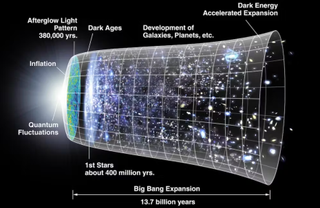
If dark photons existed at cosmic dawn, their interactions with dark matter could have left behind traces of the formation of galaxies.
"The dark acoustic oscillations added small ripples to the density fluctuations created after the Big Bang. This would have influenced galaxy formation by creating regions of higher and lower density, layering on top of the initial fluctuations from the Big Bang," Mason continued. "Galaxies would have formed more quickly in dense areas and more slowly in less dense ones."
That's if we can figure out how to read them. This search must occur at great distances and, thus, further back in time.
"Over time, as gravity caused these fluctuations to evolve, the subtle effects of dark acoustic oscillations are predicted to get smoothed out, so they won't be as easy to detect today," Mason explained.
The team's findings suggest that under specific criteria, despite the subtlety of these signals, one operating radio telescope could be sensitive enough to detect them or, equally importantly, their absence in the near future.
"We discovered that, even after accounting for the complex physics of galaxy formation, if dark matter has oscillations at certain scales, we should be able to detect them (or rule them out) with HERA in the coming years," Mason said. "This is a very exciting prospect!"
"HERA's radio observations are ongoing, so we'll be very excited to see these models tested in their final data analysis," Mason concluded. "Since dark matter is one of the greatest mysteries in physics, any new insights we gain into its nature would be extremely valuable."
The team's research was published at the end of 2024 in the journal Physical Review D.
.png)
 1 day ago
5
1 day ago
5
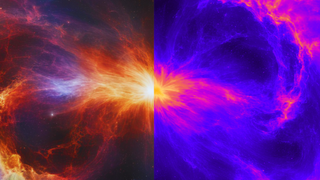
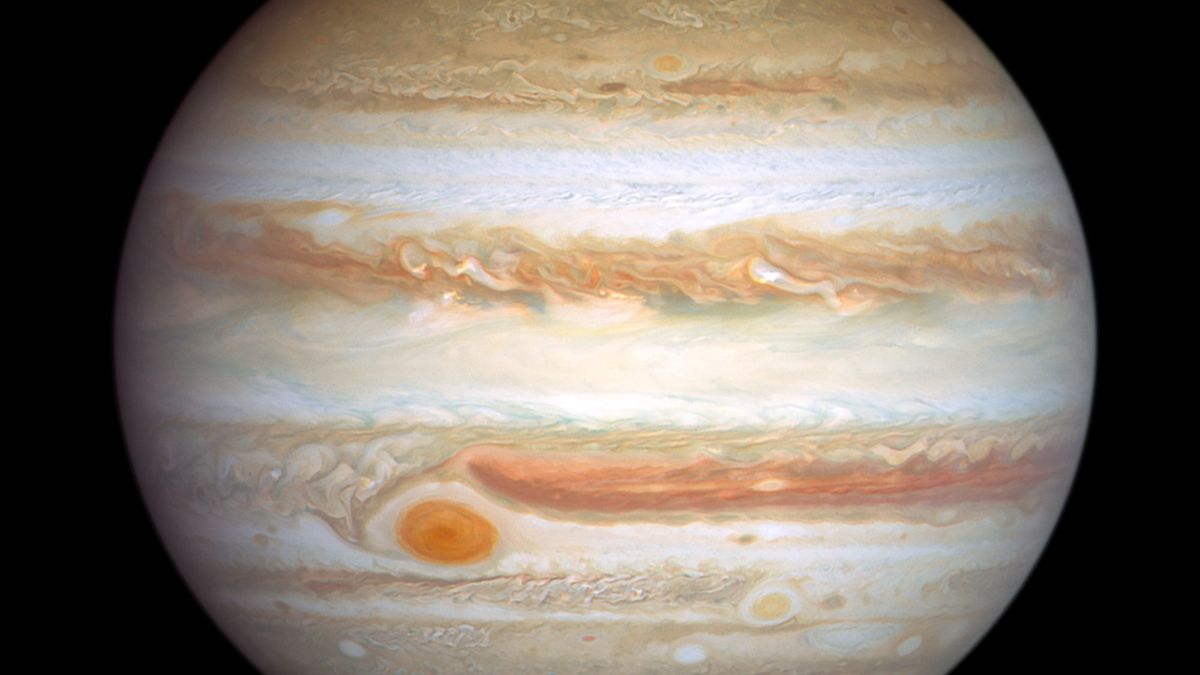

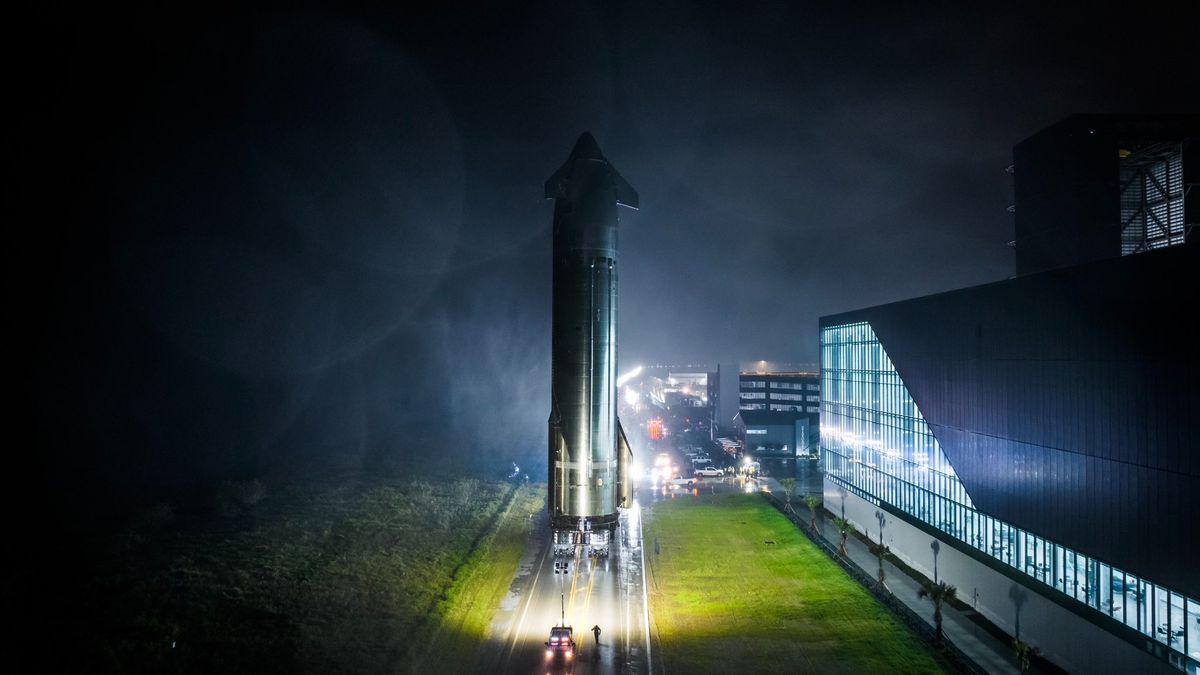


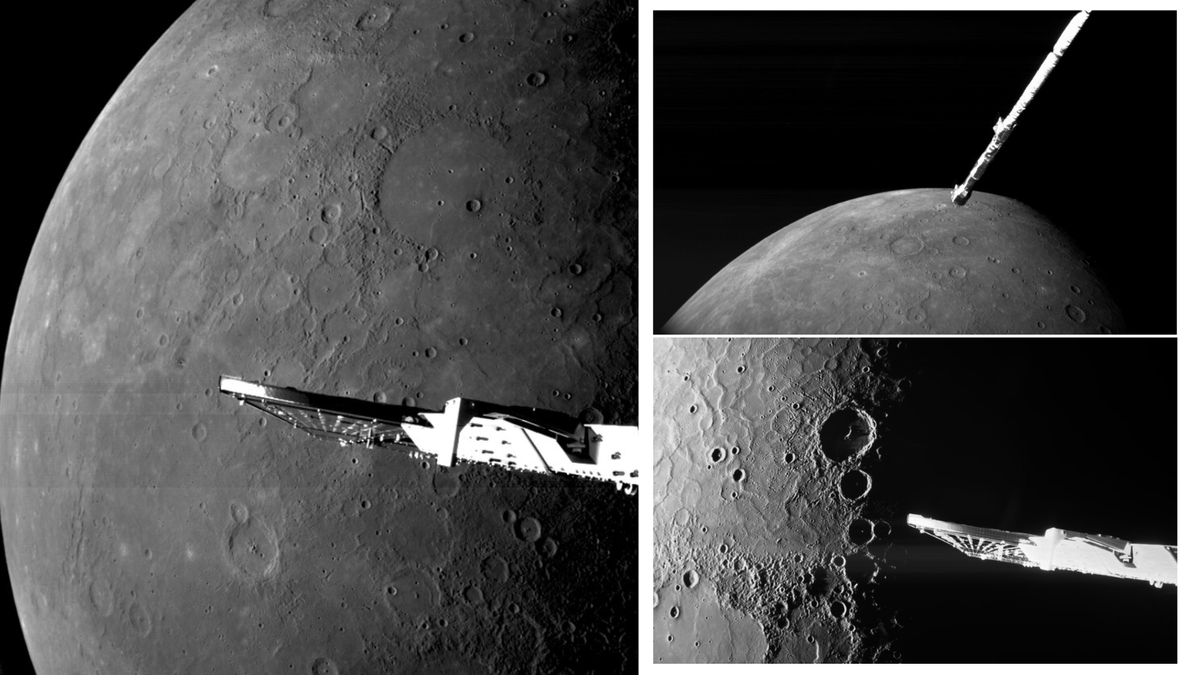



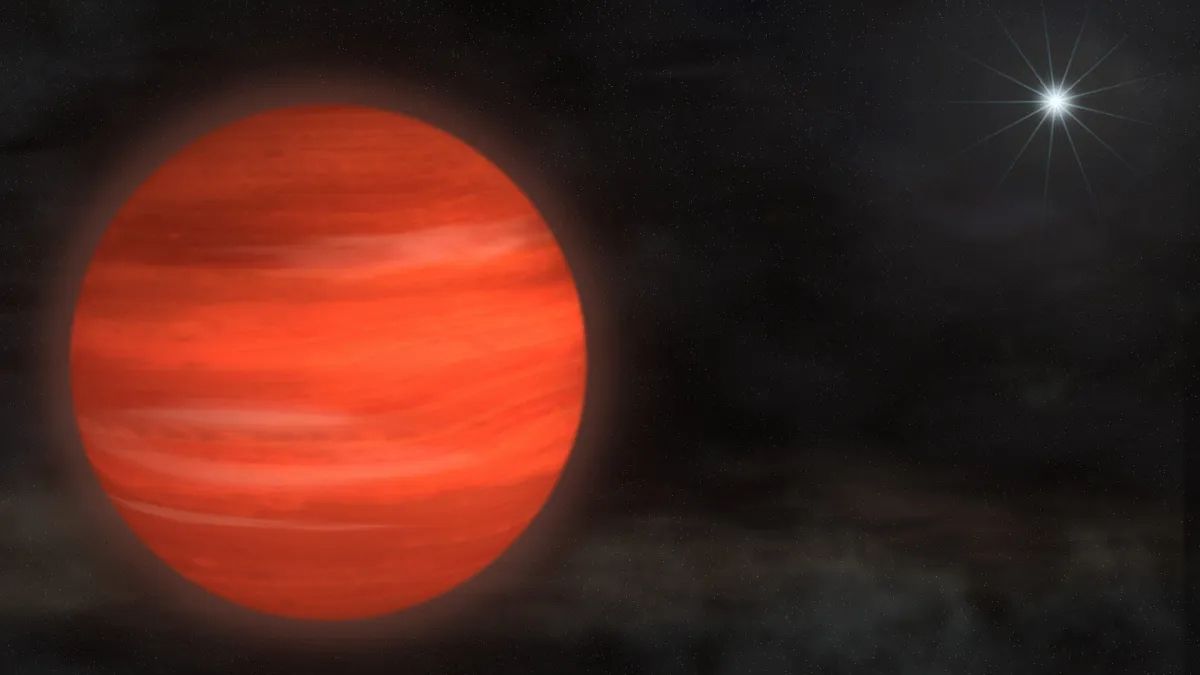
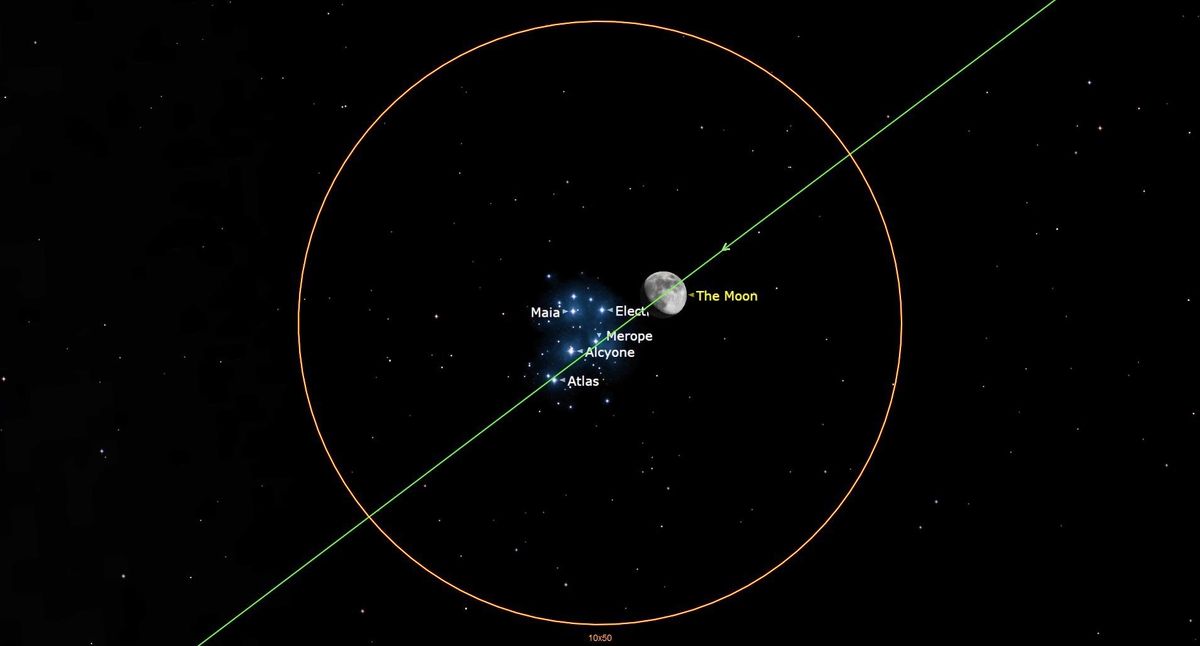
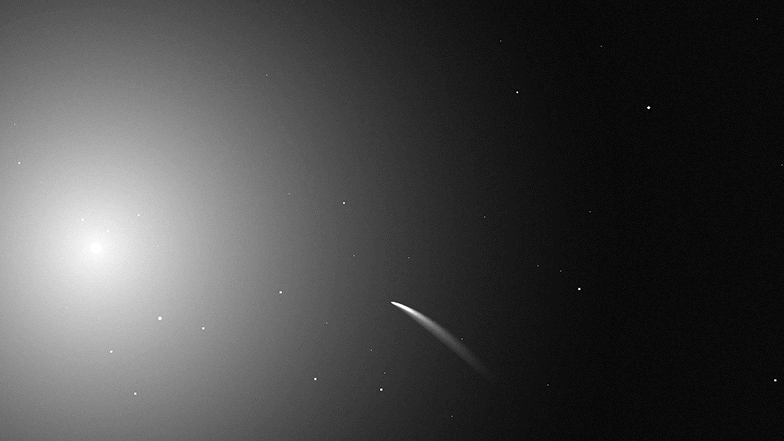






















 Bengali (BD) ·
Bengali (BD) ·  English (US) ·
English (US) ·